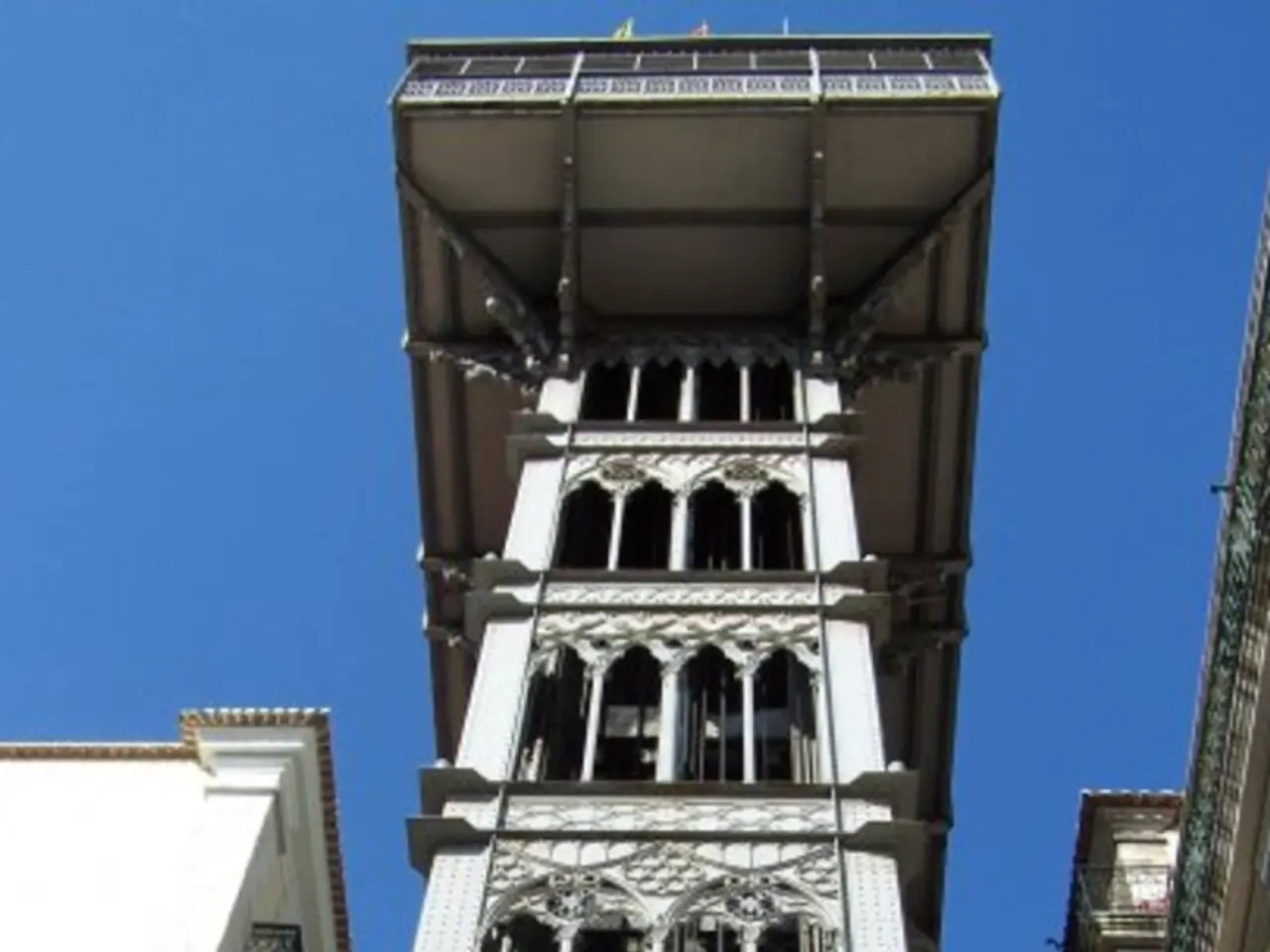Risks Associated with Reigniting Ma-anshan Power Station
In the ongoing debate about nuclear energy and safety, the concerns of Pegatron chairman Tzu-hsien regarding the Ma-anshan Nuclear Power Plant in Taiwan remain somewhat ambiguous.
While Tzu-hsien has publicly expressed his support for nuclear energy, stressing its role in reducing carbon emissions and ensuring a stable power supply in Taiwan, there is no direct information available about his specific views on the seismic hazard assessments of the Ma-anshan plant or related earthquake risks to the Southern Taiwan Science Park.
The Ma-anshan Nuclear Power Plant, located in Pingtung County, Taiwan, has been assessed for seismic hazard using US Senior Seismic Hazard Analysis Committee (SSHAC) methods. However, the geological environment of the Ma-anshan plant is considered one of the worst among all nuclear power plants worldwide.
The peak ground acceleration (PGA) in an earthquake at the Ma-anshan plant could reach 1.384g, exceeding its 0.4g design limit. This high PGA raises concerns about the plant's ability to withstand a major earthquake, and potential risks to the surrounding areas, including the Southern Taiwan Science Park.
In contrast, the Diablo Canyon Nuclear Power Plant in California, which was also assessed using SSHAC Level 3, has a PGA design limit of 0.75g, while the San Onofre plant was designed for 0.67g. The Humboldt Bay Nuclear Power Plant in California was fully decommissioned in 2021.
Recent developments in Japan offer some insights into the seismic risks associated with nuclear power plants. The Japanese Nuclear Regulation Authority denied a request to restart the second reactor at the Tsuruga Nuclear Power Plant due to the risks of an "active" fault. The new regulations expanded the definition of "active" faults, requiring examination of geological records going as far back as 400,000 years when there is uncertainty.
Under these new standards, the Ma-anshan plant in Taiwan would not be approved for a license extension. Some fault lines in Taiwan could be recognized as active under Japan's new regulatory standards, raising further concerns about the safety of the Ma-anshan plant.
Despite these concerns, Tzu-hsien's specific interpretation of the seismic hazard assessment data for the Ma-anshan Nuclear Power Plant and his concerns about the potential impact on companies at the Southern Taiwan Science Park, in case of a major earthquake, remain unclear.
Further inquiry into Taiwanese news sources or Pegatron’s official statements may be required to gain a more precise understanding of Tzu-hsien's views on this matter.
Read also:
- Connection Between ADHD and Trauma?
- West Nile Virus detected in Kentucky for the first time; authorities advise locals to adopt safety measures
- Digestive issues: Understanding causes, remedies, and further details about acid reflux and excessive burping
- Exploring Botox as a Treatment for Interstitial Cystitis: Insights, Adverse Effects, and Further Details







